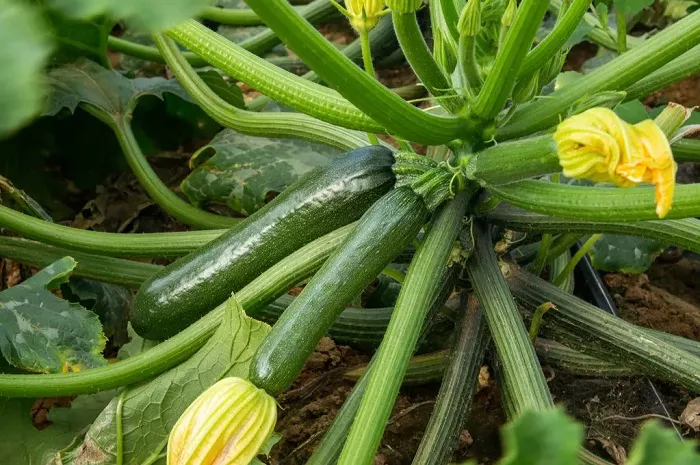With the growing season in full swing and frost becoming a distant memory, vegetable patches are showing promising signs of growth. It’s the ideal time to plant out young courgettes, pumpkins, and squashes. If you didn’t start these from seed, garden centres have plenty of young plants available.
Carrot Care and Pest Prevention
Thin out carrot seedlings to ensure healthy growth. Remove the thinned seedlings to prevent their scent from attracting carrot flies. To further protect your carrots, cover the area with horticultural mesh.
Seed Collection and Planting
Collect seeds from candelabra primulas and sow them immediately. Plant a few nasturtium seeds in pots for a vibrant late-summer display. Begin feeding tomatoes in grow bags with high-potash fertiliser to encourage flower and fruit formation. Protect soft fruits like gooseberries from birds by covering them with netting.
Oriental Poppies: A Brief but Stunning Display
Oriental poppies are adding a riot of colour to garden borders. Their bright orange-red petals, each marked with a dark blotch at the base and a regal purple centre, create a striking visual. Though their bloom lasts only about ten days, these perennials return year after year. Staking the stems early in the season helps support the heavy blooms. After flowering, the plants can be cut back, but many gardeners prefer to leave the ornamental seedheads for their sculptural beauty. Cultivars like ‘Royal Wedding’ and ‘Patty’s Plum’ offer unique colours and textures.
Propagation and Cultivation
Propagation of Oriental poppies is best done through root cuttings in autumn. Dig up the plant, cut healthy roots into 4cm lengths, and plant them in cuttings compost. The parent plant can then be replanted.
Corn Poppies: A Symbol of Remembrance
Corn poppies (Papaver rhoeas), also known as field or Flanders poppies, are iconic symbols of remembrance. Their seeds can lie dormant for decades and bloom en masse when disturbed, as seen on battlefields during the First World War. This inspired Lieutenant Colonel John McCrae’s famous poem, “In Flanders Fields.”
Plant of the Week: Sambucus ‘Black Lace’
Elderflowers are producing their distinctive flat heads of scented flowers, popular for making cordial. The ‘Black Lace’ cultivar features finely cut dark purple leaves and pink flowers, making it an attractive ornamental plant for smaller gardens. It thrives in full sun or partial shade in well-drained soil and supports wildlife with its flowers and fruit.
Opium Poppies: Medicinal and Ornamental
Opium poppies (Papaver somniferum) are historically significant and still cultivated for medicinal purposes, being the natural source of morphine and codeine. In the garden, they are prized for their ornamental value. Hardy annuals like ‘Black Swan’ and ‘Hungarian Blue’ offer striking, deeply coloured petals and simple, silky blooms.
Himalayan Blue Poppies: A Challenge for Cool Climates
For gardeners with acidic soil and cooler, damp climates, the Himalayan blue poppy (Meconopsis betonicifolia) is a rare and captivating choice. Native to the mountainous regions of Nepal, Tibet, and Myanmar, this short-lived perennial thrives in the cooler, wetter conditions of northern England and Scotland. However, it requires careful attention, as strong sun and dry weather can damage its delicate blooms.
Poppies, with their dazzling beauty, fascinating histories, and evocative symbolism, continue to enchant gardeners, poets, and nature lovers alike. Whether grown for their ornamental value or historical significance, these flowers add a touch of drama and beauty to any garden.


